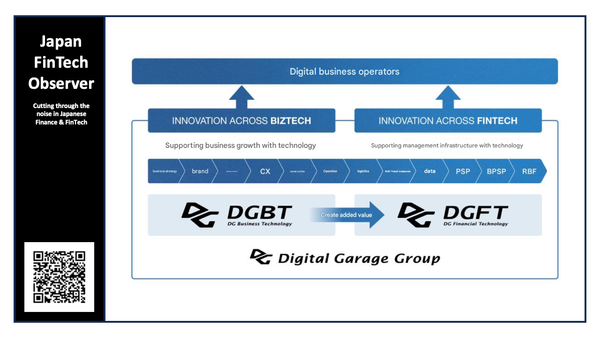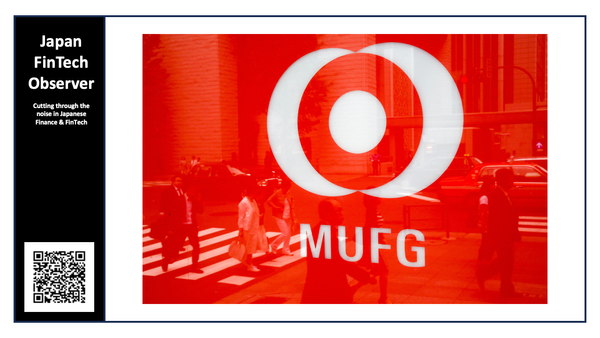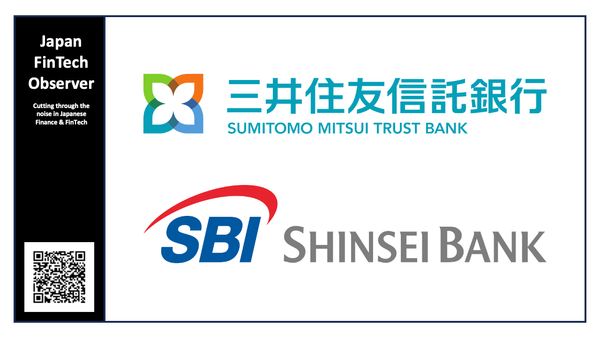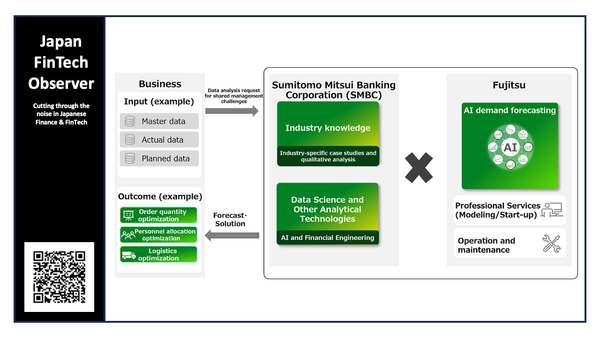Agile at Tokio Marine Group
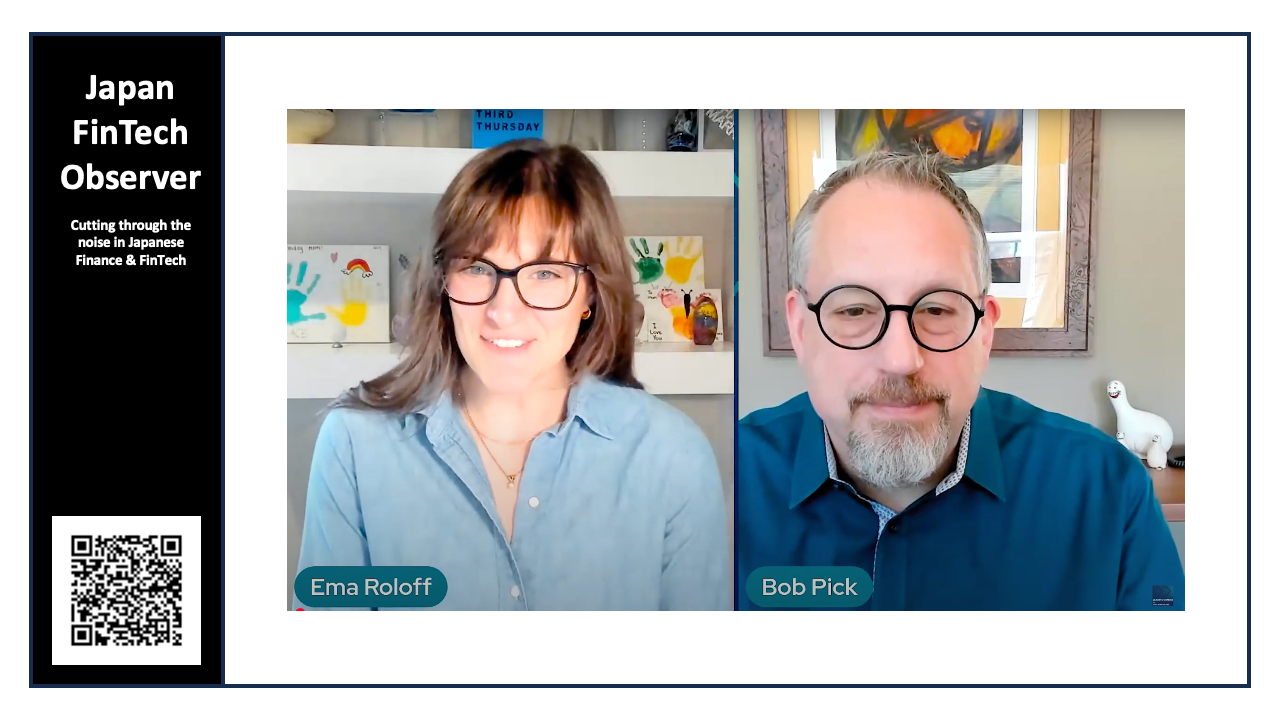
Robert (Bob) Pick, the CIO of Tokio Marine North America and Deputy Group CIO for Tokio Marine Group worldwide, joined the "Leading Change" podcast with Ema Roloff to discuss the realities of implementing Agile methodologies in organizations, particularly those that are not tech-centric. He critiques the unrealistic expectations set by analysts and consultants, emphasizing that Agile is not a one-size-fits-all solution and often requires significant culture change.
The Reality of Agile: A Practical Guide to Implementation for Non-Tech-Centric Organizations
The modern business landscape is awash with advice on the latest methodologies and technologies promising efficiency, innovation, and market dominance. Agile methodologies, particularly, have gained widespread popularity, often presented as a silver bullet for all organizational challenges. However, the reality of implementing Agile, especially for companies that aren't primarily focused on technology or lack the resources of large tech firms, is often far more complex and nuanced than the idealized versions presented by analysts and consultants. This podcast conversation serves as a vital reality check, offering practical guidance on how to make Agile work in real-world scenarios. Bob's insights are grounded in experience, providing a valuable counterbalance to the often-theoretical pronouncements that dominate the Agile discourse.
The Myth of Impractical Agile: Challenging Analyst Assumptions
One of the central critiques leveled by Bob is the "impractical Agile" promoted by some industry analysts and consultants. This idealized version often paints a picture of effortless transformation, where organizations can simply adopt Agile principles and immediately reap the rewards of increased speed, flexibility, and customer satisfaction. This narrative often glosses over the significant challenges involved, particularly for companies with established processes, legacy systems, and a workforce accustomed to different ways of working.
Bob points out that these recommendations often seem geared towards tech companies or organizations with vast resources to dedicate to Agile initiatives. The reality for most carriers, MGAs (Managing General Agents), and other businesses is that they operate with limited teams, existing responsibilities, and potentially, a culture that is not naturally conducive to Agile principles.
He emphasizes that the notion of a seamless pivot to Agile is unrealistic. Many analysts seem to assume that organizations can simply "turn on a dime," rapidly adapting their processes and structures with minimal disruption. This ignores the inherent inertia of established systems, the resistance to change within teams, and the need for careful planning and execution. The promise of achieving immediate Agile nirvana with a little training and a few process adjustments is, in most cases, a fallacy.
Agile as Culture Change: More Than Just Tech
A crucial point made by Bob is that Agile is not merely a set of technical procedures; it is a fundamental culture change that affects the entire organization. This change encompasses how decisions are made, how teams collaborate, how work is prioritized, and how success is measured. Implementing Agile requires a shift in mindset, moving away from rigid hierarchies and top-down control towards more collaborative, self-organizing teams.
This cultural transformation necessitates a significant investment in change management. It's not enough to simply train employees on Agile methodologies; organizations must actively work to foster a culture of experimentation, continuous improvement, and shared ownership. This involves empowering teams to make decisions, encouraging open communication, and creating a safe space for failure.
Bob suggests that successful Agile implementation hinges on understanding and addressing the human element. It's not just about implementing new processes and tools; it's about changing people's behaviors, attitudes, and beliefs. This requires patience, empathy, and a willingness to listen to the concerns and perspectives of employees at all levels.
Hybrid Approaches: The Reality of Compromise and Adaptation
While some Agile purists may advocate for a complete and uncompromising adoption of Agile principles, Bob acknowledges the reality of hybrid approaches. Many organizations find success by blending Agile methodologies with more traditional project management techniques, such as iterative development or a structured phase-gate process.
He points out that very few companies still operate under a true waterfall model. Instead, most have adopted a hybrid approach that incorporates some Agile practices, such as frequent show-backs to the business and early business testing. This allows them to maintain a degree of structure and control while still benefiting from the flexibility and responsiveness of Agile.
The key to successful hybrid approaches is to carefully select the Agile principles and practices that best fit the organization's specific needs and context. It's not about blindly following a rigid Agile framework but rather about adapting and tailoring it to suit the existing culture, processes, and technologies. This requires a pragmatic and flexible mindset, recognizing that the ideal solution may not always be a pure Agile implementation.
Opportunity-Based Conversation: Engaging Resistance to Change
Resistance to change is a natural human reaction, and it's particularly prevalent when implementing new methodologies like Agile. Many employees may be comfortable with existing processes and hesitant to embrace new ways of working. They may have valid concerns about the potential impact on their roles, responsibilities, and job security.
Bob emphasizes the importance of framing Agile implementation as an opportunity for evolution, rather than a critique of existing methods. It's crucial to acknowledge the successes of current approaches and to explain how Agile can build upon those strengths to achieve even greater results.
Instead of simply telling people that what they're doing is inadequate, organizations should engage them in a conversation about how Agile can help them to work more efficiently, innovate more effectively, and deliver greater value to customers. This involves actively listening to their concerns, addressing their fears, and involving them in the decision-making process. By making employees feel like partners in the change, organizations can significantly reduce resistance and increase the likelihood of successful Agile implementation.
Business-Wide Engagement: Breaking Down Silos
A common mistake made by organizations is to treat Agile as a purely IT initiative. However, as Bob emphasizes, successful Agile implementation requires the active involvement and engagement of the entire business. This means breaking down silos between departments and fostering a culture of collaboration and shared ownership.
Agile projects should involve representatives from all relevant business units, ensuring that their perspectives and needs are considered throughout the development process. This helps to align development efforts with business priorities and to ensure that the final product meets the needs of end-users.
Furthermore, Bob highlights the importance of engaging finance and other support functions in the Agile process. These functions play a critical role in governance, oversight, and budgeting. Engaging them early and often helps to ensure that Agile initiatives are aligned with organizational goals and financial constraints.
Avoiding the Shiny Object Syndrome: Focus on Relevance
The technology landscape is constantly evolving, with new methodologies, tools, and frameworks emerging at a rapid pace. It's tempting for organizations to chase the latest shiny object, hoping to gain a competitive edge. However, Bob cautions against blindly adopting new technologies without carefully considering their relevance and potential impact.
Instead of simply following the latest trends, organizations should focus on identifying the specific challenges they need to address and then evaluating the technologies and methodologies that are best suited to those challenges. This requires a strategic and thoughtful approach, carefully weighing the costs and benefits of each option.
Bob emphasizes the importance of relevance. Any new process should be aimed at making the product more relevant to its customers. The better and faster you become at assessing and implementing new features, the more relevant the product becomes.
Starting Small and Learning: A Gradual Approach to Transformation
Instead of attempting a large-scale, organization-wide Agile transformation, Bob recommends starting small and gradually expanding the implementation over time. This allows organizations to learn from their experiences, adapt their approach, and build momentum for further change.
He suggests starting with a pilot project or a small team, partnering with experienced individuals or teams who have already implemented Agile successfully. This provides a valuable opportunity to learn from their mistakes and to adapt their best practices to the organization's specific context.
By starting small, organizations can minimize the risk of disruption and ensure that they are not biting off more than they can chew. This also allows them to build internal expertise and to develop a sustainable Agile culture that can be scaled over time.
Agile Working Group: A Collaborative Approach to Planning and Implementation
Bob highlights the value of forming a multi-disciplinary Agile working group to oversee the planning and implementation process. This group should include representatives from all relevant departments, including IT, business, finance, and project management.
The working group's role is to evaluate the organization's current state, identify areas for improvement, develop an Agile implementation plan, and monitor progress. This collaborative approach helps to ensure that all stakeholders are aligned and that the implementation plan is realistic and achievable.
Agile Coaches: Guiding the Transformation Process
Engaging an experienced Agile coach can be invaluable in guiding the transformation process. A skilled coach can provide training, mentoring, and guidance to teams and individuals, helping them to understand and apply Agile principles effectively.
Bob emphasizes the importance of finding a coach who is a good fit for the organization's culture and who can communicate effectively with employees at all levels. The coach should also be able to provide practical advice and support, helping teams to overcome challenges and to stay on track.
Tooling, Training, and Measurement: Essential Enablers for Success
Implementing Agile requires more than just a change in mindset and processes; it also necessitates the right tools, training, and metrics. Organizations need to invest in tooling that supports Agile workflows, such as project management software, collaboration platforms, and automated testing tools.
They also need to provide comprehensive training to employees on Agile principles, practices, and tools. This training should be tailored to the specific roles and responsibilities of each individual.
Finally, organizations need to develop new metrics to measure the success of Agile initiatives. Traditional project management metrics may not be suitable for Agile projects, which are often iterative and incremental. Instead, organizations should focus on metrics that measure value delivery, customer satisfaction, and team performance.
Get Over the Shame: Embracing Imperfection
Bob emphasizes the importance of getting over the "shame" of not being fully Agile. Many organizations feel pressured to conform to idealized Agile models, even if those models are not realistic or appropriate for their context.
He encourages organizations to embrace imperfection and to focus on making incremental improvements over time. It's not about achieving Agile perfection but rather about adopting the principles and practices that are most beneficial for the organization.
Product Ownership: Empowering Decision-Making
Bob highlights the critical role of product ownership in Agile implementation. A product owner is responsible for defining the product vision, prioritizing features, and making decisions about the product roadmap.
He emphasizes that successful Agile implementation requires more or less real-time decision-making on the part of the business sponsor and tech folks. Organizations need to empower product owners to make decisions quickly and effectively, without having to go through layers of bureaucracy.
Preparing for Rituals: Establishing Agile Practices
Agile methodologies are characterized by a set of specific rituals, such as daily stand-up meetings, sprint planning sessions, and sprint retrospectives. These rituals are designed to promote communication, collaboration, and continuous improvement.
Bob emphasizes the importance of preparing for these rituals by providing training, guidance, and support to teams. Organizations also need to ensure that they have the right tools and processes in place to support these rituals.
Learning from Others' Mistakes: Avoiding Common Pitfalls
Implementing Agile can be challenging, and it's common for organizations to make mistakes along the way. Bob emphasizes the importance of learning from others' mistakes and avoiding common pitfalls.
He encourages organizations to seek advice from those who have already implemented Agile successfully, both internally and externally. This can provide valuable insights and help organizations to avoid repeating costly errors.
Bimodal Thinking: Balancing Innovation and Stability
As organizations transition to Agile methodologies, they often need to manage two different modes of operation simultaneously: one focused on innovation and experimentation, and one focused on stability and reliability. This is often referred to as "bimodal IT."
Bob acknowledges the challenges of managing bimodal IT, particularly for smaller organizations. It requires a different mindset, different processes, and different tools. Organizations need to find ways to balance the need for innovation with the need for stability.
In conclusion, Bob's insights provide a valuable and realistic perspective on Agile implementation. He emphasizes the importance of understanding the cultural and organizational context, starting small, learning from others' mistakes, and focusing on relevance. By following these principles, organizations can increase their chances of successfully implementing Agile and reaping the rewards of increased efficiency, innovation, and customer satisfaction. The key takeaway is that Agile is a journey, not a destination, and that success requires a pragmatic and adaptive approach.
Please follow us to read more about Finance & FinTech in Japan, like hundreds of readers do every day. We invite you to also register for our short weekly digest, the “Japan FinTech Observer”, on LinkedIn, or directly here on the platform.
We also provide a daily short-form Japan FinTech Observer news podcast, available via its Podcast Page. Our global Finance & FinTech Podcast, “eXponential Finance” is available through its own LinkedIn newsletter, or via its Podcast Page.
Should you live in Tokyo, or just pass through, please also join our meetup. In any case, our YouTube channel and LinkedIn page are there for you as well.

